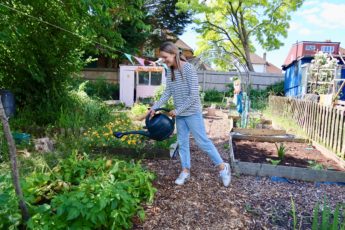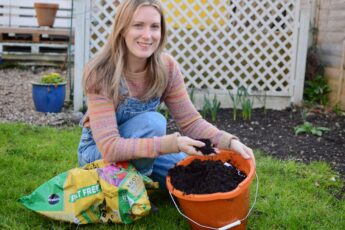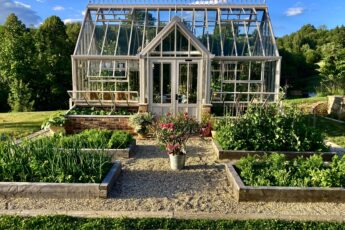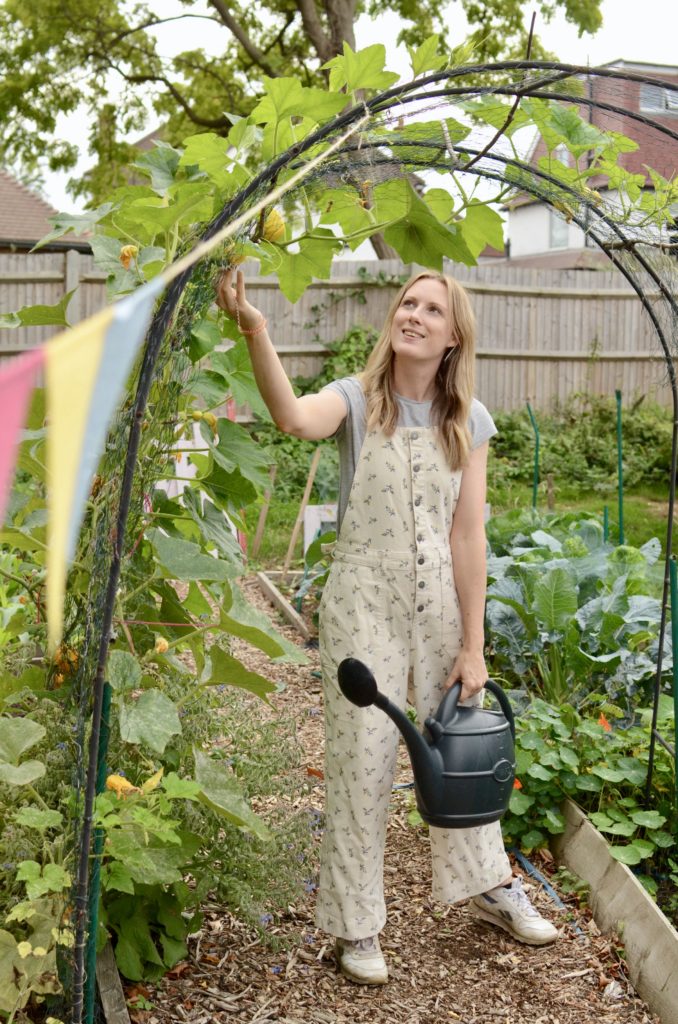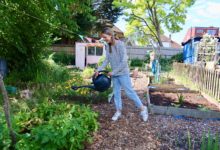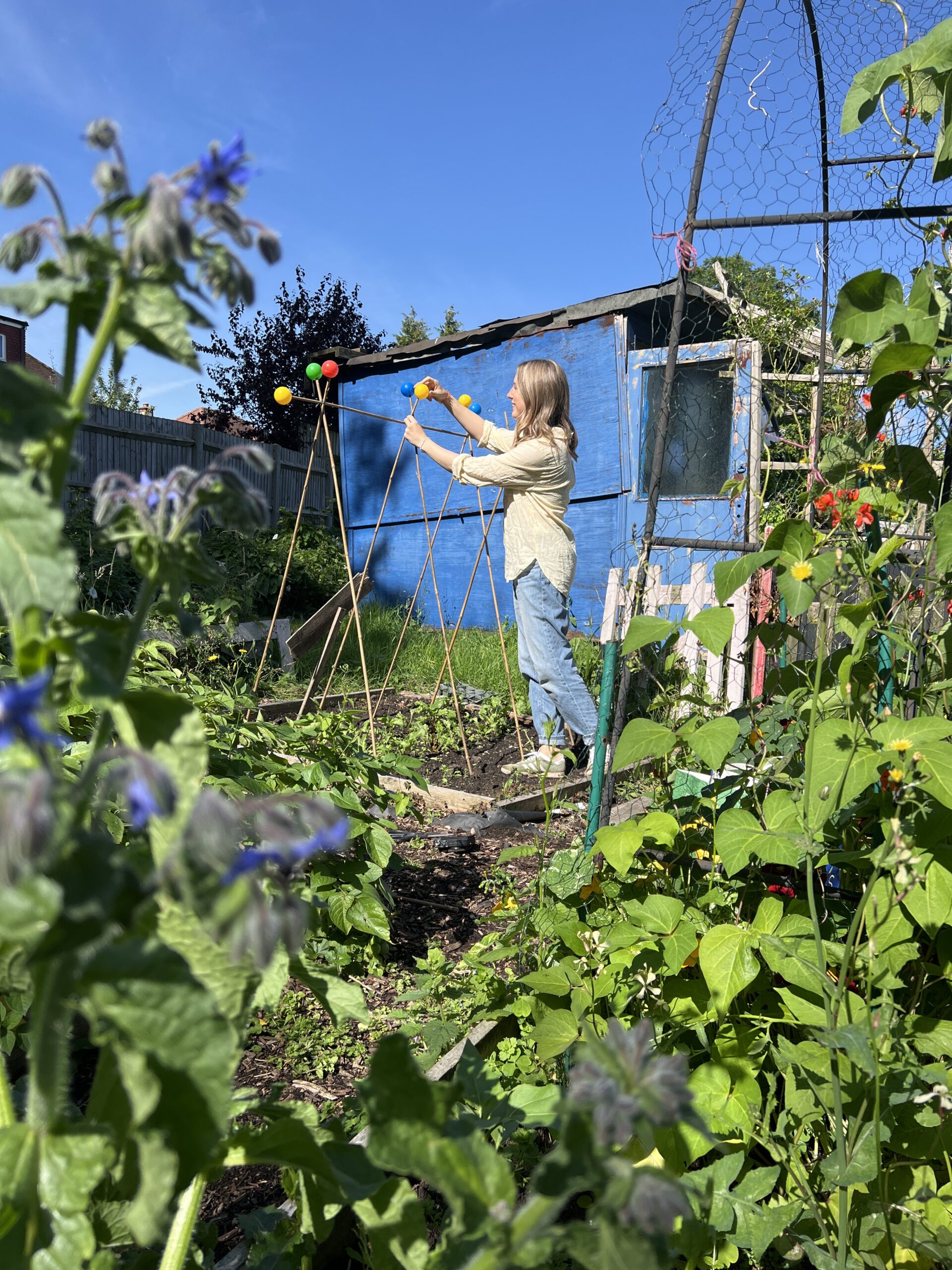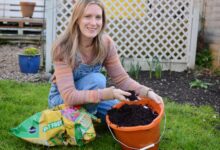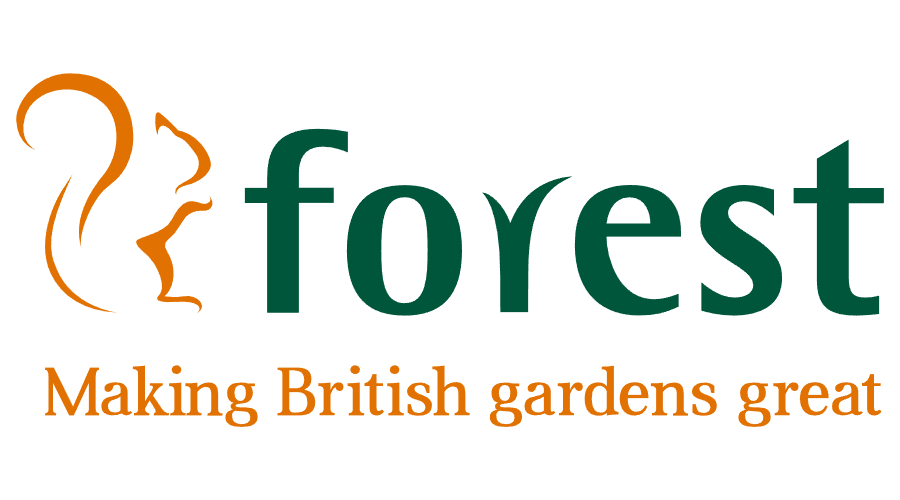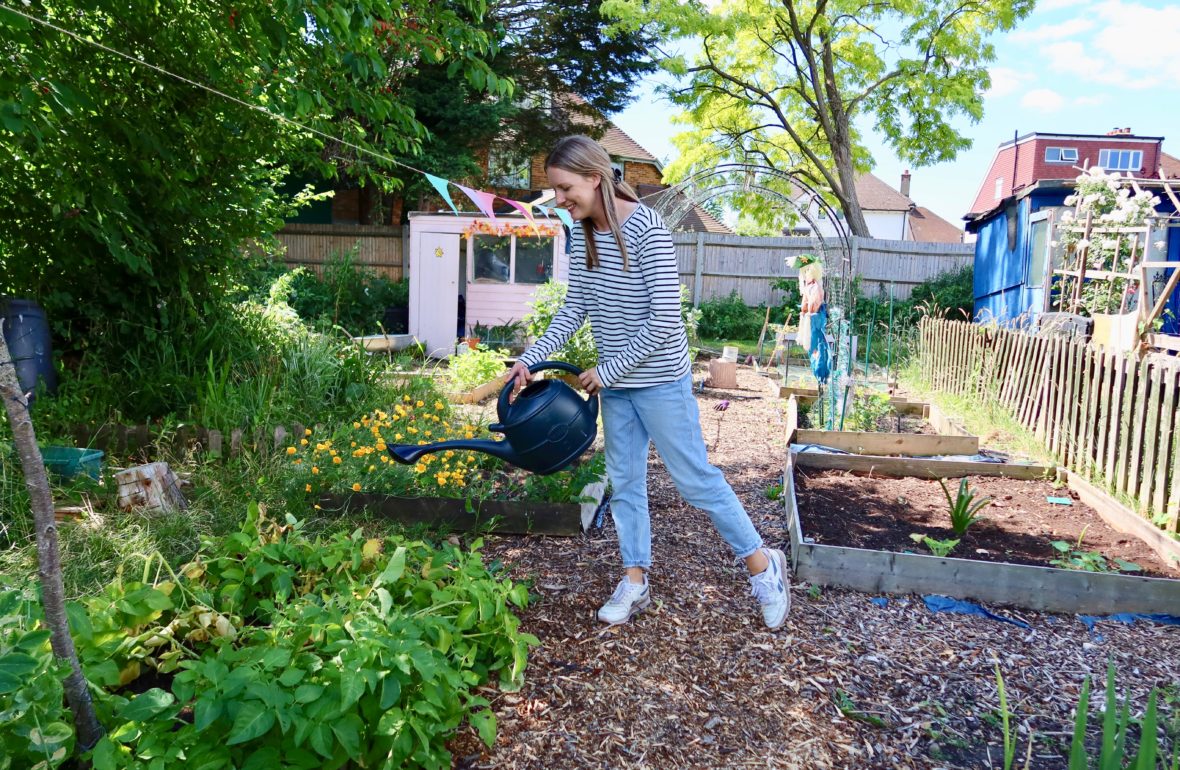
Some of the biggest allotment plot mistakes you can make are actually easily avoided. Of course, everyone makes mistakes, it’s a part of learning. Gardens can be pretty forgiving of our mistakes (plants, not so much, but gardens as a whole are usually ok with them!)
Allotment plots are great places to grow food and flowers on and offer a peaceful sanctuary in an otherwise pretty hectic world. But mistakes can often cause more stress than necessary. If your allotment plot often feels like a disaster and seems to be more worry than feels worth it, maybe this article is for you!
So what are the biggest allotment plot mistakes and how can you avoid them?
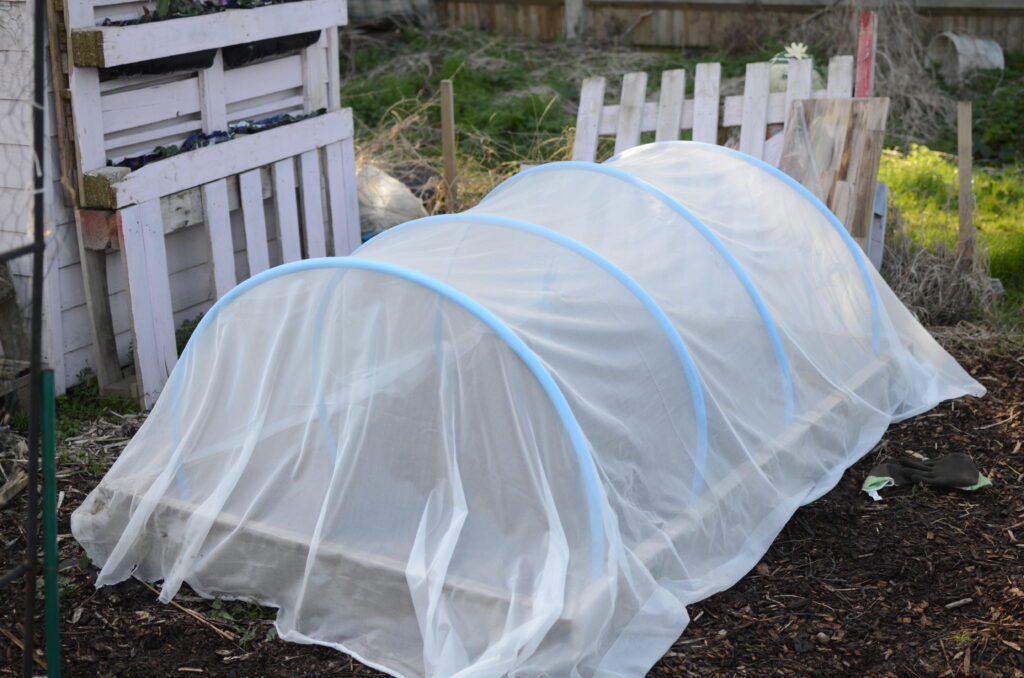
BIGGEST ALLOTMENT PLOT MISTAKES:
Not protecting crops early enough
There is nothing more heartbreaking than planting a beautiful row of cauliflowers only to find them all eaten and destroyed by slugs the next morning. I myself have cried over too many eaten crops, the pain is very real! It can feel so disheartening to find crops munched on by other creatures and has definitely been the cause of people giving up their plots.
One of the best things you can do for your crops is to put in early protection. Don’t wait for the bugs and birds to come, protect them before that!
Remember that the crops that are most vulnerable are new seedlings and freshly planted crops. Until they become established, plants are pretty vulnerable and losing one too many leaves will kill them. Once they are bigger they will be able to ride out a few nibbles, so treat them like babies until they get strong enough to defend themselves.
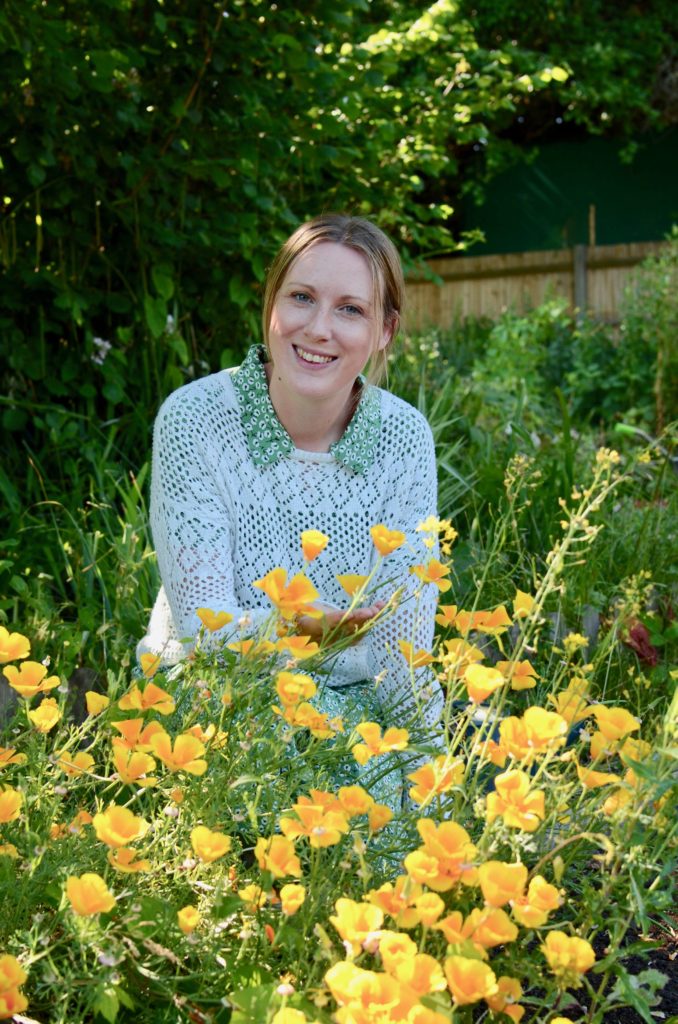
Not encouraging wildlife and pollinators
It’s not all about the vegetable crops at an allotment plot. Vegetables are just one small part of what is needed to grow a productive garden. You also need an array of wildlife and flowers in order for your crops to thrive.
Try growing flowers around the plot to encourage pollinators. Cosmos, Californian poppies, nasturtiums, poppies… all of these flowers are great for bees and butterflies. I like to grow my flowers in long borders, creating a pollinator highway that they can whizz up and down.
Other wildlife is pretty important too. Although birds can be a nuisance, they are pretty good at keeping slug populations down, so think about offering them water or a place to perch on. Frogs are also a valuable slug catcher, so why not put in a wildlife pond too?
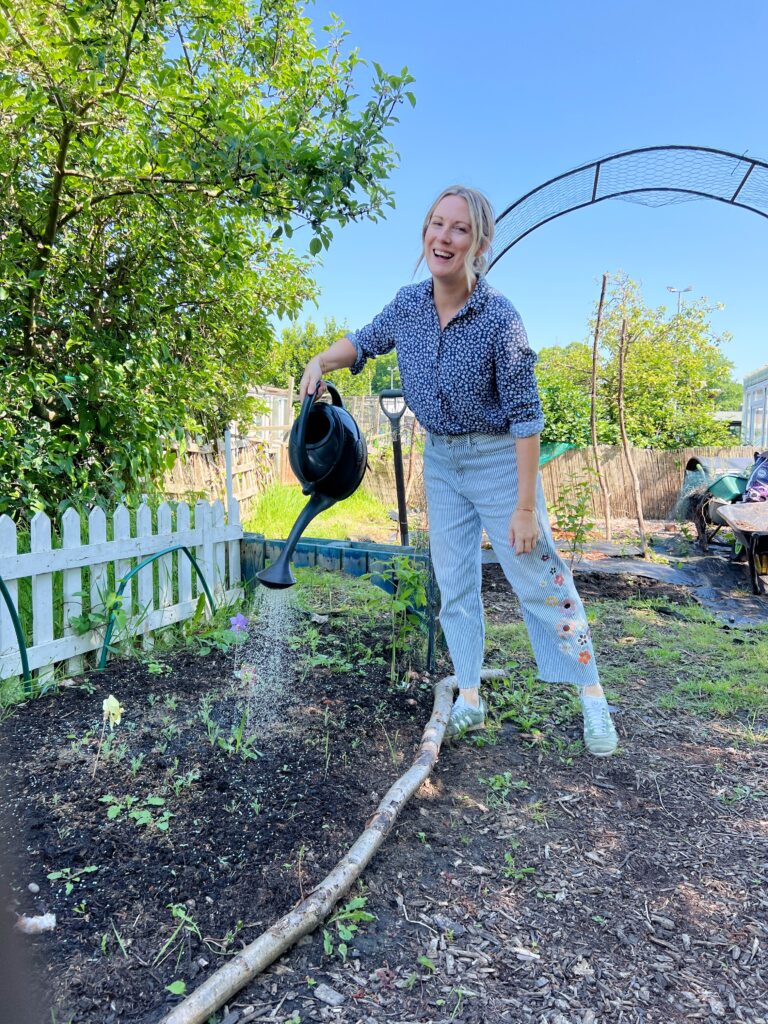
Not collecting rainwater
The best water for your plants is rainwater. And collecting it is an easy way of ensuring you have enough to water all your crops with, even when it doesn’t rain!
The weather is unpredictable. Sometimes we get so much rain it feels like we’ll never see the sun again. But, all it takes is for a few days of hot sun to dry out entire rows of new baby seedlings. So having that constant water supply on demand has never been more important.
Collect water from your shed or greenhouses roof using guttering and store in a lidded water butt so it doesn’t evaporate (and smaller thirsty creatures don’t fall in and drown).
Planting out too early
We’ve all done it. After a long winter, we can often feel so impatient to get back to gardening that we start whacking things out too early, only to find them all killed in the late frost!
Seed packets should let you know when the best time to plant out is, but take it with caution. Packets that tell you to plant out in March usually mean “spring” and that usually means when it’s sunny and the temperature of the soil has warmed up. Now if it’s March, but it’s snowing… that information isn’t going to be right, so be careful!
Use fleece over any early sowings to keep them warm. And if you get really impatient, why not cover beds with groundsheet or cardboard to warm the soil up so that things will be ready to be planted out a little earlier!
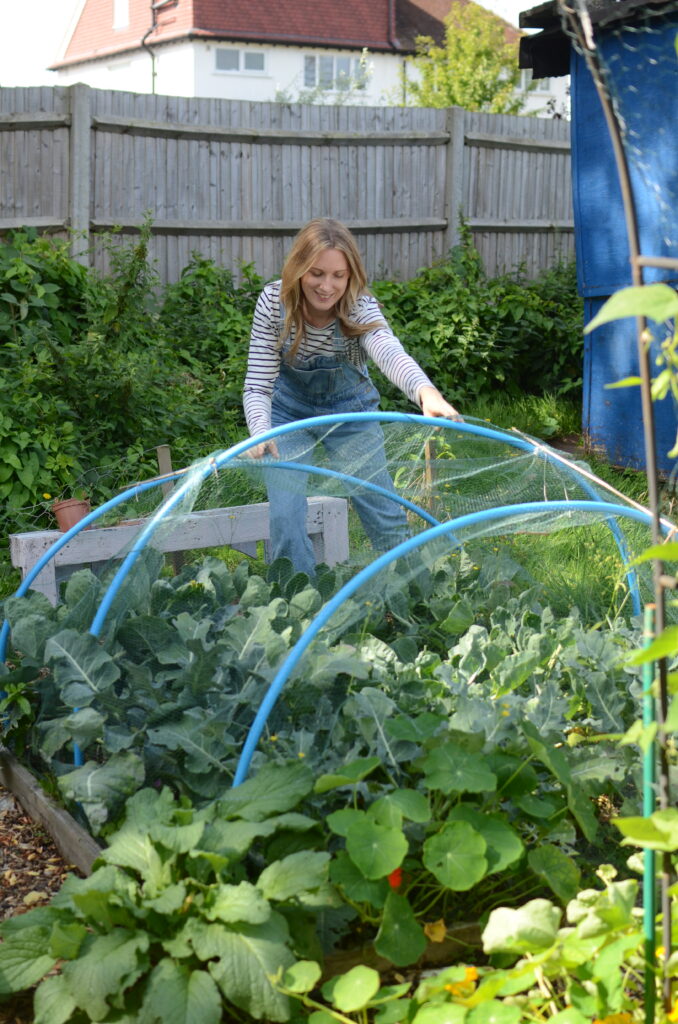
Not looking at neighbouring plots
Now I’m not saying to spy on your neighbours, but if they are not around to have a chat with, take a little peep at their allotments. See what weeds they are having to contend with and what crops of their are thriving.
Allotments are close together so it’s likely that whatever plants are thriving on your next door neighbours plot, will probably do pretty well on your plot too! You’ll all be dealing with the same pests too, so you’ll be able to get a good idea as to what they are and how your neighbours are handling them.
Neighbours at an allotment plot are so vital. Allotments are community centred places and some people will have gardened there for years. So if they are willing to give you advice, take it. Ask questions, learn from what’s worked for them and use that advice on your own plot. You never know, they might be nice enough to give your plot a water the next time you go on holiday!
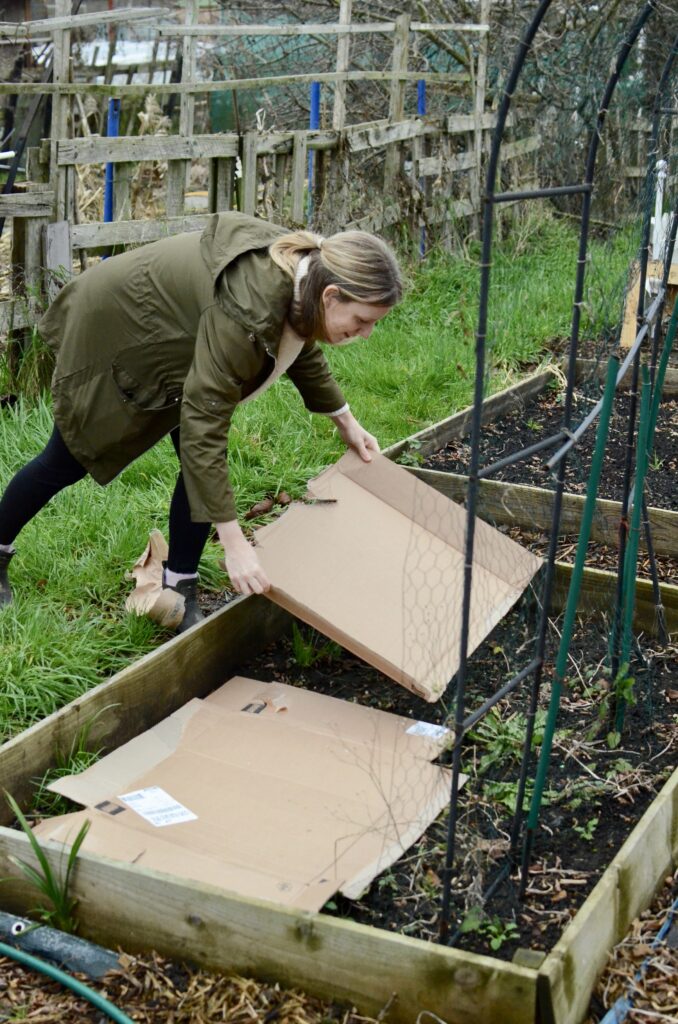
The biggest mistake of all
Giving up. Giving up on your allotment plot is probably the biggest mistake you’ll make. They are so hard to get their hands on and if you were on the list, chances are you were eager to grow.
Yes, they are hard. And yes, it might not be going right all the time. But before you throw in the towel, take a step back and look at your space. Think about the challenges you’re facing and ways you could tackle them. Could you cover half the plot for now to get on top of weeds? Maybe you could start things from plug plants instead of seed? Maybe you need a seating area with flowers around to eat your lunch?
Allotment gardening is pretty magical and very rewarding. We all struggle sometimes and I think almost everyone with a plot has considered giving it up at some point, so you’re definitely not alone.
Mistakes are a part of learning.


